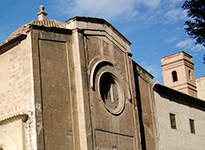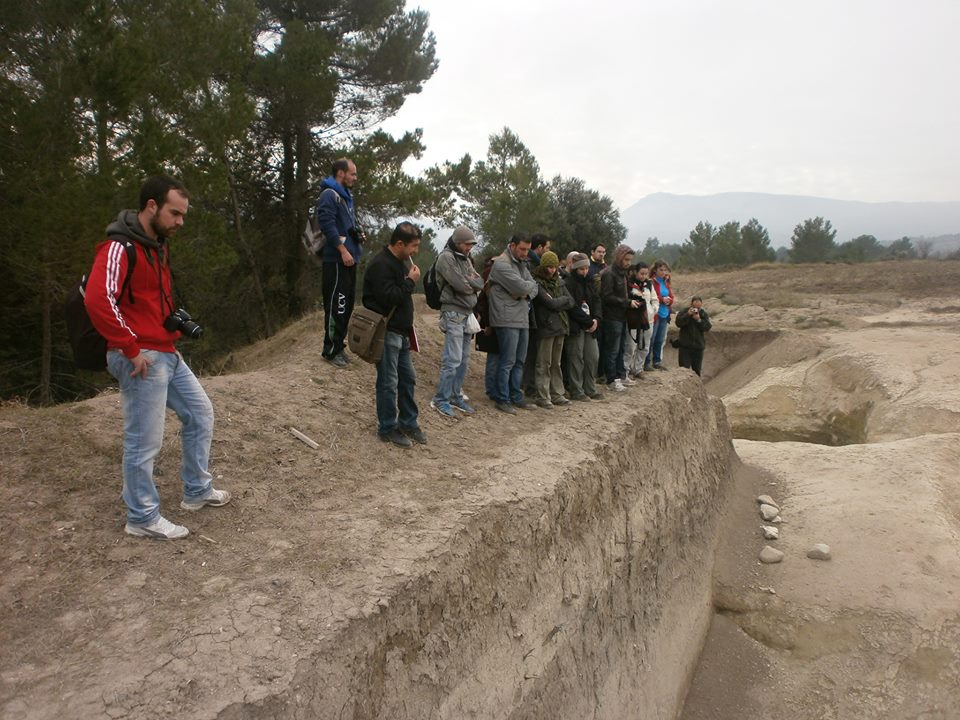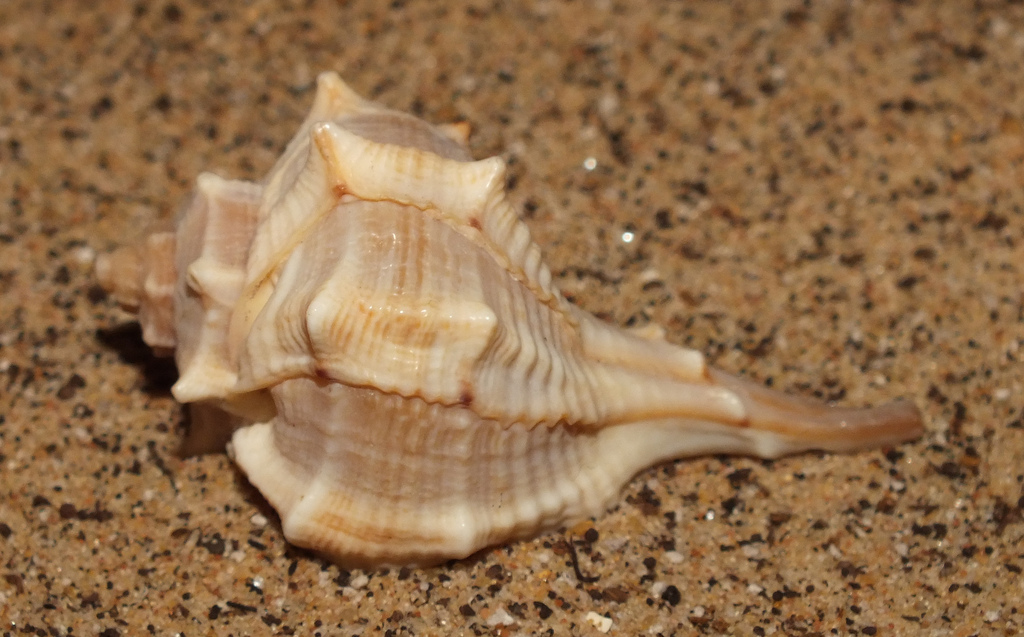
The excavation in the ancient convent could find archaeological remains from up to three monasteries, where medieval tombs and ossuary have already been documented.
1 february 2016
The last Friday, 29 January, started the cleaning tasks that aim to remove the debris, soil and brushes accumulated during years inside the convent of la Roqueta, located in the San Vicente street in Valencia. This will be the first step to initiate an excavation in this location, which will be the first comprehensive consolidation works since this building was acquired by the City Hall of Valencia in 1978. It is scheduled that the archaeologists will start to explore and excavate on February.
Albert Rivera, chief of the Municipal Service of Archaeology, pointed out that more than 30 soundings will be carried out inside and outside the convent, in the sidewalk of the mentioned San Vicente street, which will be a sufficiently large intervention to obtain a global vision of the subsoil. Three of these soundings will be carried out at the outside of the building aiming to confirm the strength of the façade’s foundations. Riviera warns that these places are not close to the place where the disappeared apses of the ancient church demolished in the 19th century is supposed to be found, although it is possible to reach the limit, he said. The remaining soundings will be carried out in the inside and will reach a depth of 1.5m and remains up to three different monasteries could be found; a medieval monastery, a monastery of the 17th century and another of the 19th. The further intervention will rely on the status and historical value of the found remains, whether they can be conserved or exposed, but this decision is up to the Consistory.
We recall that in 1986 was carried out an archaeological intervention where a lead sarcophagus of the 4th century was found, as well as remains of tombs and numerous ossuary, despite the excavation was stopped due to the deterioration of the infrastructure. The first piece, the lead sarcophagus, meant the evidence that the responsible people were in a Vincentian tradition place, which is presumed to the burial of Saint Vincent Martyr, who died in 304 and promptly become one of the most important symbols of the nascent Christianity.
Vicent Sarrià, city councillor for Urban Development, mentioned that it is about an investigation, that has a public investment of 2.6 millions and aims to consolidate the convent until its use is decided.










